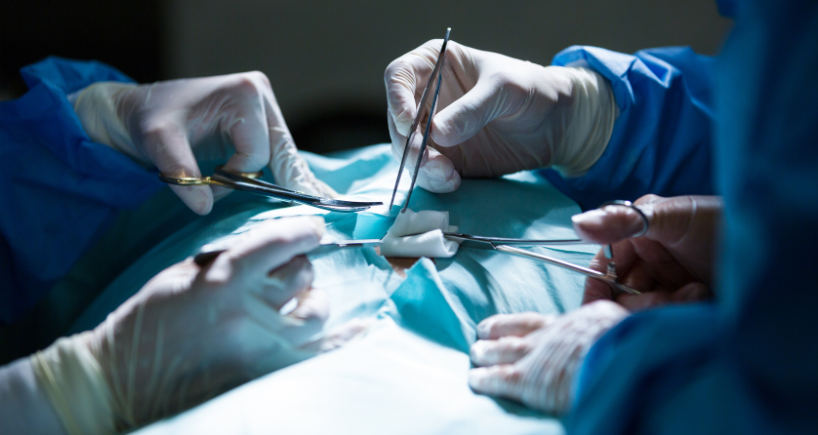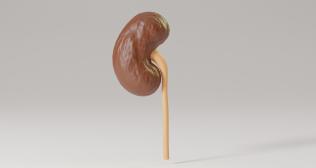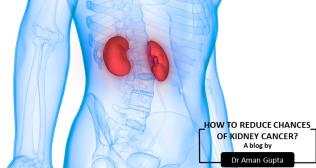
Circumcision Surgery: Symptoms, Procedure, and Diagnosis
Introduction
Circumcision is the surgical removal of the foreskin of the penis. Religious ceremonies are one of the sources of this age-old custom. Nowadays, for religious or other reasons, a lot of parents have their children circumcised. It is often completed on the first or second day following the baby’s delivery. Adults also undergo circumcision, albeit it can be more difficult. It is also used to treat many symptoms and conditions besides religious facts. In hospitals, it is a very straightforward treatment with little side effects. Healthcare professionals generally believe that the advantages of circumcision exceed the dangers, notwithstanding disagreements on whether the surgery is medically required and if it offers any health benefits. The prevention of urinary tract infections in infants is the most widely accepted benefit for this surgical procedure. This article explains circumcision surgery and its procedure, diagnosis, and benefits.
What is circumcision surgery?
It is a surgical procedure of removing the foreskin, which is a tissue covering the head or glans of the penis. It is the most common surgery among babies who are assigned male at birth.
There are mainly three different techniques of circumcision:
Gomco clamp: It is the most commonly used technique for performing circumcision. In this method, the clamp separates the foreskin from the head of the penis. The clamp protects the head of the penis and prevents haemostasis. Then, the foreskin is removed with a surgical knife.
Mogen clamp: This method is carried out by using a Mogen clamp which looks like scissors that expose the head of the penis. Once it is exposed, the foreskin is removed with a scalpel.
Plasti-bell device method: It is a technique which is carried out with the help of a plasti-bell device, where the surgeon places a plastic ring between the foreskin and the head of the penis. The string is tied around the foreskin, which pushes it against the plastic ring. Then, a scalpel is used to remove the foreskin. The plastic ring stays in place for about a week and falls off naturally.
Procedure
By following the above-discussed techniques, circumcision is carried out. Let’s take a look at the general procedure.
Surgical care
- Initially, the baby or adults are given anaesthesia to ensure comfort and a painless procedure.
- The consent forms are signed before the procedure.
- The surgical area is sterilised and prepared for surgery
- Then, the baby is placed on its back, and the arms and legs are gently restrained.
- Then the penis and surrounding area is cleaned.
- For infants, the gomco clamp, Mogen clamp, or plasti-bell device technique is used to remove the foreskin.
- For adults, scalpel or surgical scissors are used to trim the foreskin away from the head of the penis.
- Then, the remaining skin is stitched, and it heals naturally, depending on the technique used.
Post-surgical care
- Post-surgical care is required especially for infants, which includes the following:
- Medications are administered for pain management.
- Hygiene is maintained to prevent infections.
- Infants are closely monitored for any complications
- Follow-up appointments are done to ensure healing.
Who performs circumcision?
The circumcision is commonly performed by the following healthcare professionals:
- Obstetrician
- Urologists
- Paediatrician
- Advanced practice providers (APP’s)
Symptoms and signs of circumcision
Some of the signs and symptoms that need circumcision to treat involve:
- Poor hygiene leads to various infections and needs circumcision to perform
- Phimosis, a condition where the foreskin is not easily retracted over the tip of the penis, known as glans
- Recurrent urinary tract infections causing infections in the glans
- Penile pain and discomfort during erections
- Skin disorders affecting the foreskin
Benefits
Circumcision has many health benefits, some of which are as follows:
- Treats and prevents urinary tract infections
- Reduces the risk of developing sexually transmitted infections
- Prevents penile cancer in adult men
- Prevents penis infection and swelling
Conclusion
To summarise, circumcision is a popular surgery used to treat many medical ailments and has cultural significance for many, along with the health advantages.



















